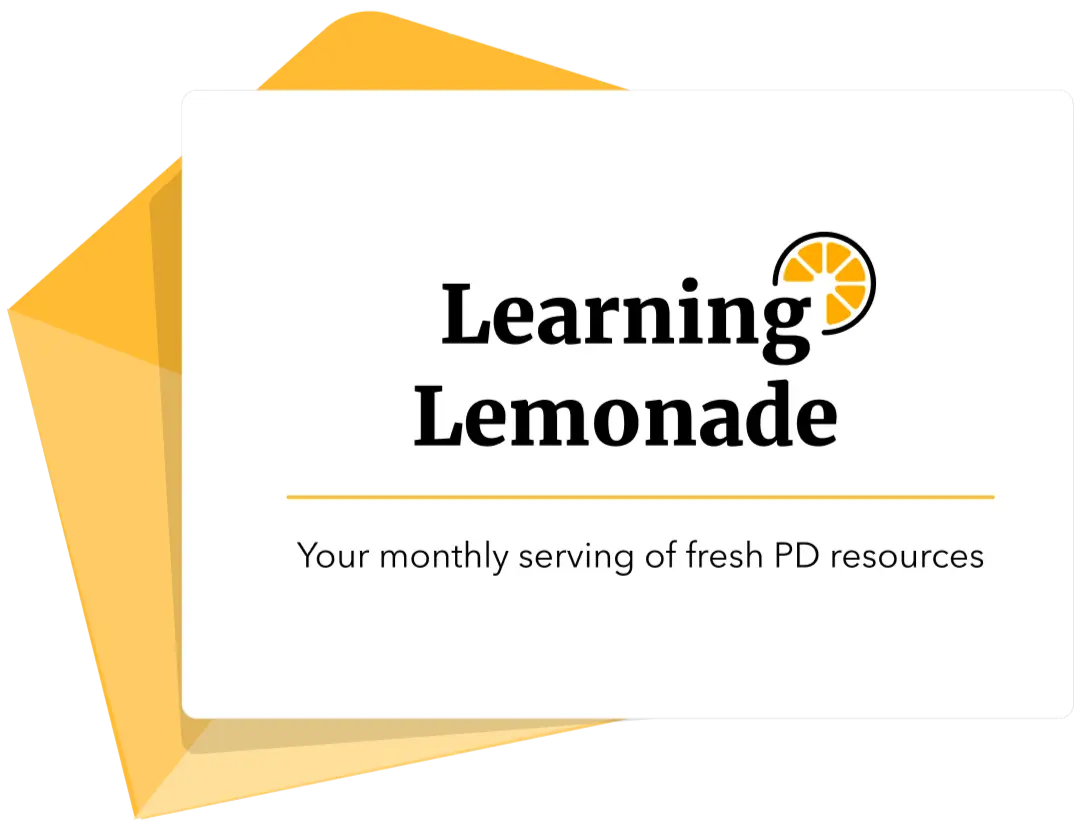Getting to Grips with Central Ideas – Key Learnings from Toddle Talks Webinar
Why Central Ideas?
When we thought about the focus for this first Toddle Talk, we wanted to address a topic that would be helpful to many educators. We decided on Central Ideas because teachers’ questions about these regularly come up on professional networking groups. As someone who is conceptually trained and has worked with thousands of teachers to develop Central Ideas, I believe that having a clear understanding of what is behind a Central Idea can really influence the successful guidance of a unit.
Creating a Central Idea
When creating or refining Central Ideas I refer strongly to the work of Dr Lynn H. Erickson. Her definition of a generalisation is a very useful scaffold for generating clear conceptual statements.

In the webinar we consider how to identify the concepts which will guide the unit.
Having a clear conceptual statement that every team member understands and is able to unpack, both supports the connection of related concepts and drives learning forward.
If we know what we are aiming for, it gives clarity to the process that we use.
Central Idea Guidance
The Central Idea Guidance provided below can be used to review Central Ideas and as a guide when developing completely new ones. This was synthesised from IB guidelines and learnings from Lynn’s training into some guidance for Central Ideas.

We don’t always hit them all, but I have four non-negotiables:

Let’s Consider an Example:
Survival depends on adapting to circumstances
This is one of my favourite Central Ideas, developed with a G4 team at KIS. Two macro concepts – ‘Survival’ and ‘Adaptation’ linked by a strong verb ‘depends’.
This transfers beautifully through science, social studies and PSPE. It is clearly a big idea. It’s short, everyone understands it and we were able to suggest lots of examples:
What examples might you think of that exemplify that central idea?
Let’s Reflect on the Process
Like everything else in our IB ecosystem, the process of developing a Central Idea can vary widely.
There is no one ‘right’ way to develop a Central Idea
Read that again
There is no one ‘right’ way to develop a Central Idea
The process I share on the webinar is ‘starting from scratch’ to develop a new Central Idea. I am an advocate for referencing the curriculum early in this process.
Why?
- Because we can find conceptual understandings there…
- Because we can share our thinking around common understandings…
- Because collaboration doesn’t mean pulling ideas from thin air!
The Toddle Talks Webinar ‘Getting to Grips with Central Ideas’ outlines a process which can be used for developing new Central Ideas

You may also find it helpful to use different parts of this process when revising Central Ideas.
As a coordinator, I also like to read more widely about the topic to ensure that we are truly exploring ideas with resonance and merit. For new Central Ideas I will share a summary of this research with the team.
Scaffold Thinking
If you are redeveloping a Central Idea, you may find that the three tiered ‘Scaffolding Thinking to Complex Levels’ by Lynn H. Erickson is useful to you. This process uses two simple questions to ‘level up’ vague or confusing Central Ideas and is exemplified on the webinar. I am exceedingly grateful for Dr Erickson’s permission to use this image outside of her authorised training, and highly recommend the ‘Concept Based Curriculum and Instruction’ workshop for those of you interested to extend your understanding of conceptual learning.
We Deconstruct to Reconstruct
Because everyone has a different context – it’s not good practice just to ‘copy’ another school’s Central Idea. However there are a limited number of truly resonant BIG IDEAS, and we can all use inspiration. Use other people’s Central Ideas for inspiration by all means, but take your team through a process of thinking and constructing a shared understanding.
Teachers must have a level of ownership and understanding of the thinking behind a Central Idea. Otherwise it is just words and they cannot guide the learning as effectively.
Final Thoughts
There is a lot to consider when developing central ideas, but if you remember nothing else, remember this:
Two concepts locked in a relationship with a strong verb

And four non negotiables:

Want to learn more? Watch Kirsten’s webinar on central ideas here












